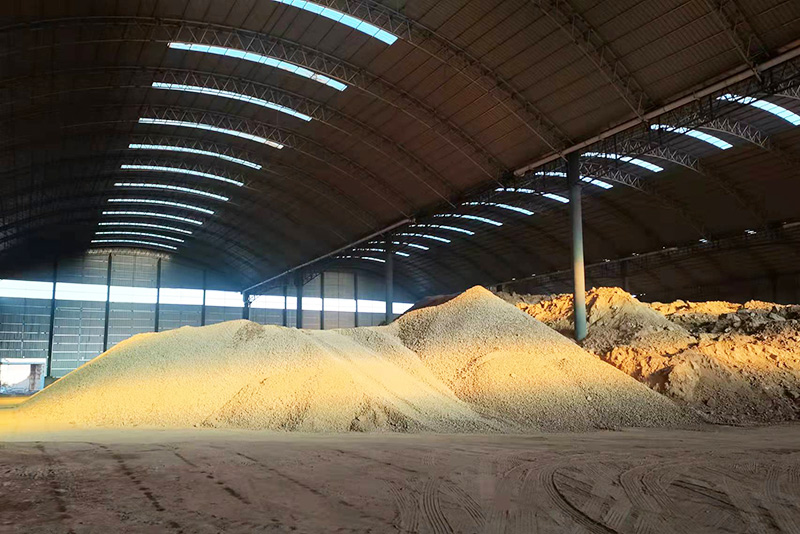Foundry Sand Its Importance and Usage in Metal Casting
Foundry sand is a crucial material in the metal casting industry, facilitating the production of various metal components essential for numerous sectors, including automotive, aerospace, and machinery manufacturing. This specialized sand is typically high-quality silica sand or olivine, which possesses unique properties that enhance the casting process.
The primary function of foundry sand is to create molds for metal casting. The casting process involves pouring molten metal into a mold to create a specific shape. The mold needs to withstand high temperatures and pressures while maintaining its shape, and foundry sand provides the necessary structural integrity. The use of foundry sand allows for intricate designs and smooth finishes, which are vital in ensuring that the final metal product meets dimensional and aesthetic requirements.
Foundry Sand Its Importance and Usage in Metal Casting
The composition of foundry sand can vary, but it primarily consists of silica (SiO2). Some foundries may use synthetic sands or sands treated with additives to enhance certain properties. For instance, the use of coatings can improve surface finish and reduce metal penetration into the sand mold. Additionally, different types of sand are selected based on the specific requirements of the casting process, such as the type of metal being cast and the complexity of the mold design.
foundry sand pdf

In recent years, the foundry industry has faced challenges related to sustainability and environmental impact. Traditional foundry sands can be ecologically taxing, leading to increased regulations and pressure for greener alternatives. As a response, many foundries have started incorporating recycled sand into their processes. This not only reduces waste but also decreases the demand for raw material extraction, leading to a more sustainable approach to sand usage.
Moreover, the industry has been exploring the potential of synthetic sands derived from industrial by-products. These materials can often provide performance characteristics that rival traditional sands while mitigating environmental impact. Continued research and innovation are essential for the industry to adapt to changing regulations and consumer preferences.
The lifecycle of foundry sand also includes considerations for recycling. After the casting process, spent foundry sand can be repurposed in various applications, including construction and land reclamation. Proper management of spent sand is vital as it reduces landfill waste and can benefit other industries, promoting a circular economy.
In conclusion, foundry sand is an indispensable component of the metal casting process, influencing both the quality of the final product and the sustainability of the industry. As challenges arise regarding environmental impacts, the foundry sector is innovating to find solutions that marry performance with ecological responsibility. Continued advancements in material science and processes will ensure that foundry sand remains a vital resource in the ever-evolving landscape of manufacturing. As we look to the future, the industry must balance efficiency, product quality, and environmental stewardship to thrive in an increasingly conscious market.
Post time:Aug . 19, 2024 17:23
Next:Understanding the Dry Sand Casting Technique and Its Benefits in Manufacturing
